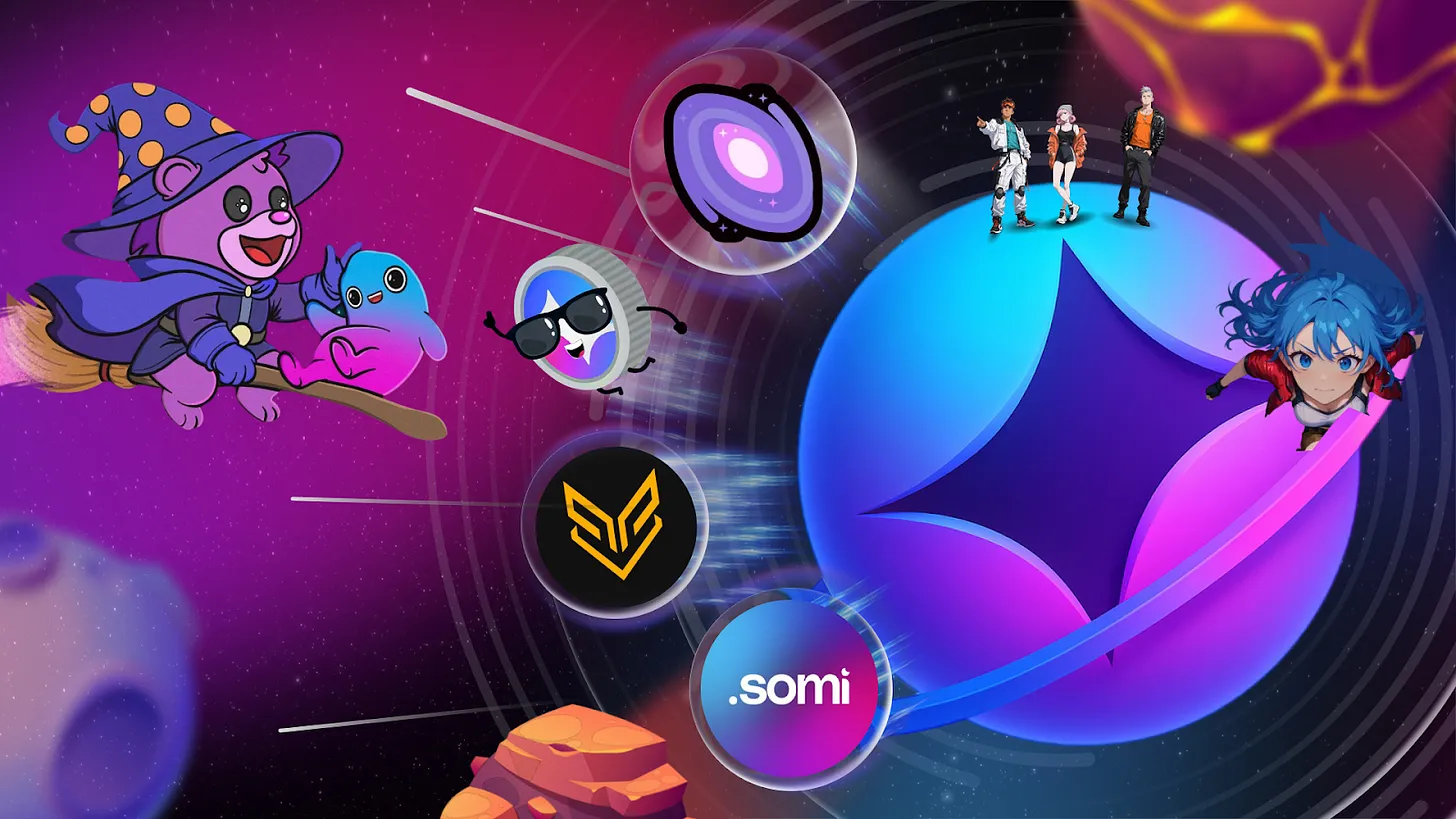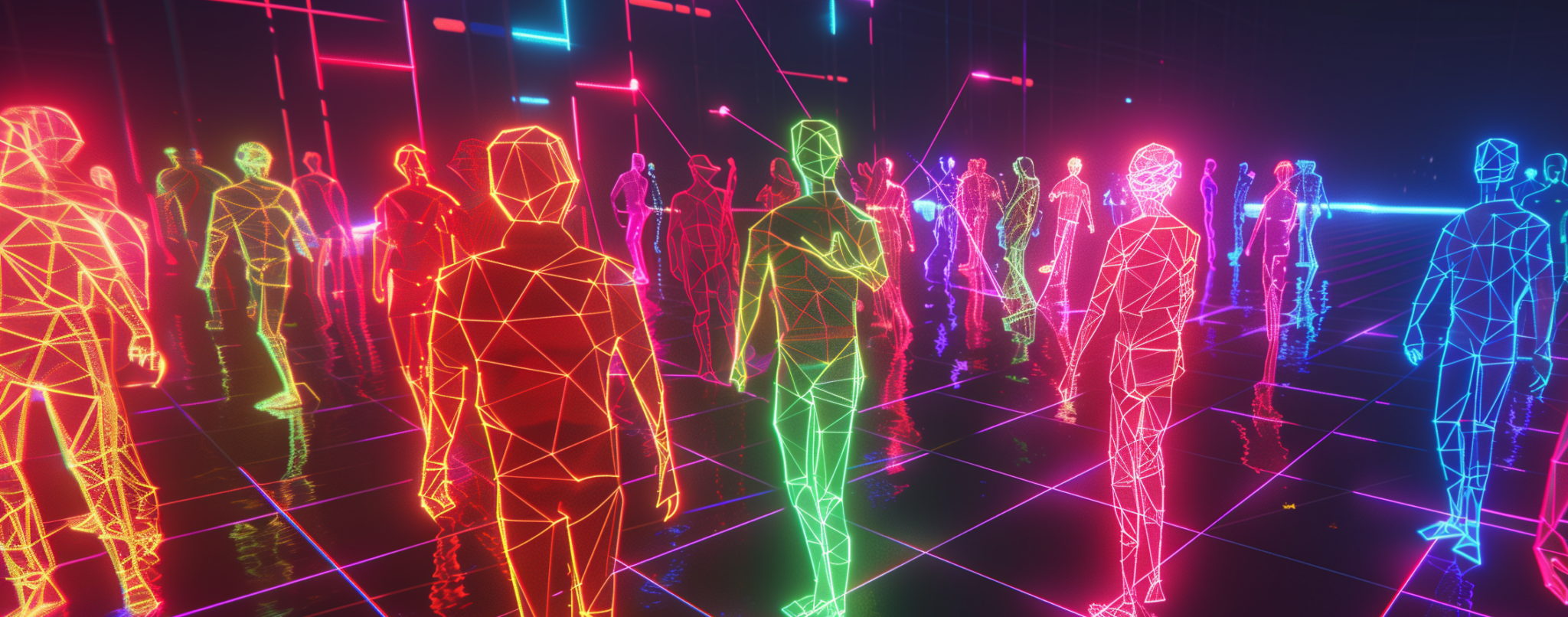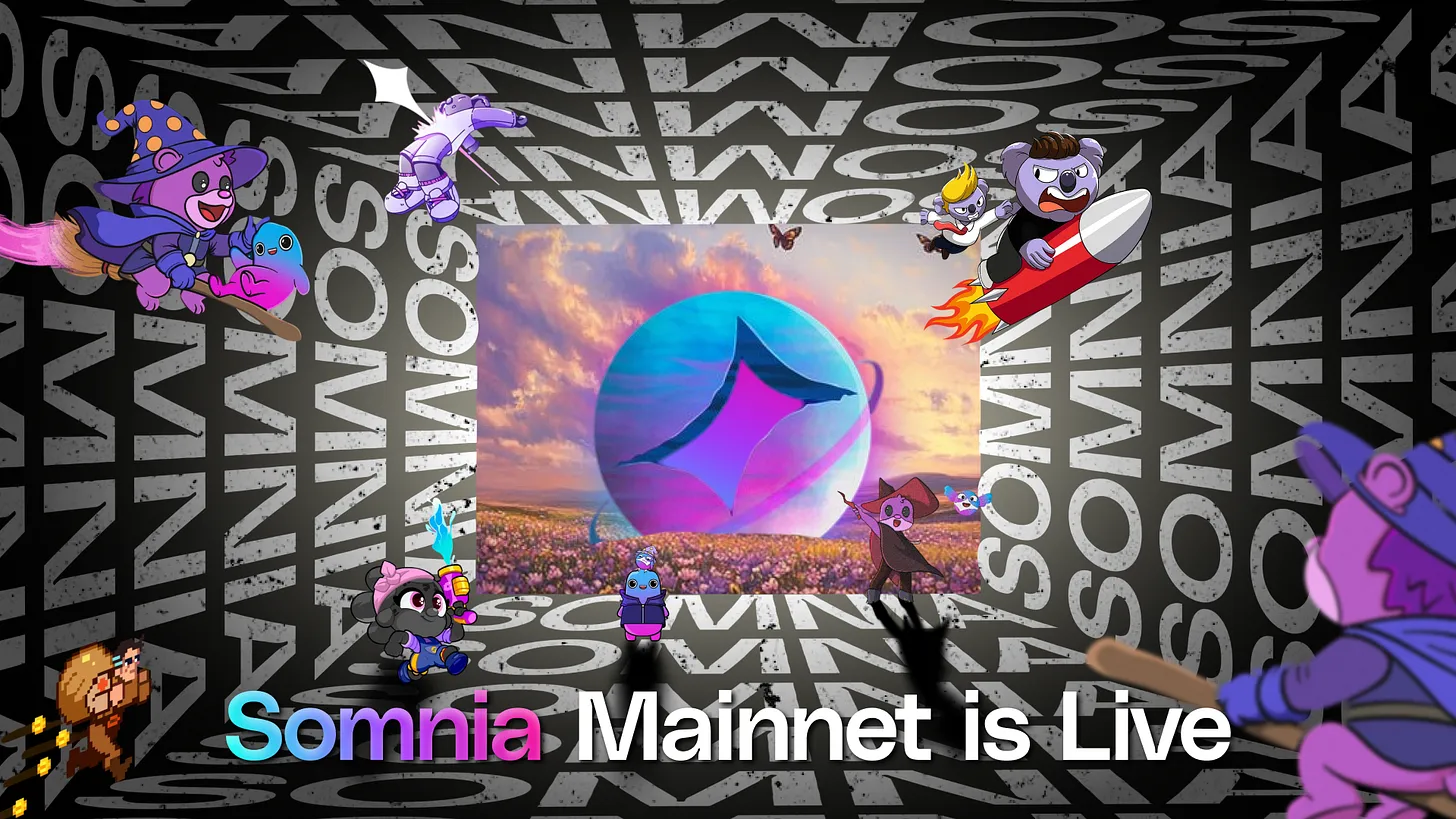
Exploring the Basics of Somnia’s L1 and Omni-Chain Protocols for the Metaverse

The metaverse and web3 gaming landscape today is fragmented, with value and content spread across different chains and platforms. Somnia is an ambitious project aiming to solve this by creating a unified, scalable virtual society designed for millions of users. Through its high-performance L1 blockchain and innovative omnichain protocols, Somnia has the potential to connect and expand the metaverse, NFT, and gaming ecosystems – transferring value and creative control back to the users and creators.
Somnia L1: Unprecedented Scalability for Virtual Worlds
Somnia is developing an L1 blockchain that is designed from the ground up to support the unique demands of large-scale virtual worlds and on-chain gaming. While many existing blockchains struggle with scalability, high fees, and optimizations geared towards financial applications, Somnia takes a different approach.
The Somnia L1 will process hundreds of transactions per second – enabling it to support extremely high volumes of in-game microtransactions and asset transfers. It also offers sub-second transaction finality. This combination of high throughput and near-instant finality is critical for delivering a seamless user experience in virtual world and gaming contexts.
The Somnia blockchain maintains EVM-compatibility, allowing it to leverage the existing vast ecosystem of Ethereum tooling and infrastructure.
Omnichain Protocols: Unleashing Composability & Interoperability
Somnia has developed a suite of innovative omni-chain protocols for enabling true interoperability and composability across virtual worlds. Omni-chain means that these protocols are compatible with any blockchain, not just Somnia’s L1. These protocols utilize Metaverse Markup Language (MML) and MSquared Origin Engine which together provide a standardized infrastructure for effortlessly transferring assets, commerce, and avatars across platforms. This positions Somnia’s Protocol to capture a substantial portion of the nearly $100B in total value locked (TVL) across the blockchain gaming, metaverse, and NFT sectors – a figure that is projected to grow rapidly in the coming years.
This omnichain infrastructure unlocks powerful new possibilities:
- Recomposing content: Creators can build upon each other’s work, remixing and recomposing content in novel ways. For example, components from previous metaverse events like stages, effects, etc. can be repurposed.
- Upgradable NFTs: Existing 2D NFTs can be given new life as fully explorable 3D avatars in any experience compatible with the Somnia Protocol
- Open economies: Cosmetic items and more can be transferred across the metaverse ecosystem, from one game or virtual world to another, enabling new forms of expression and status.
By allowing permissionless innovation and recombination of content in the metaverse, Somnia will exponentially increase the creative and economic possibilities for users and creators alike. Original creators can earn ongoing royalties as components they built are remixed across an expanding, interoperable metaverse.
Somnia’s combination of a scalable, purpose-built L1 blockchain and powerful omnichain protocols for enabling interoperability across worlds will set the foundation for a more open, interconnected, and economically empowering metaverse.
Read our Litepaper to learn more about Somnia!



